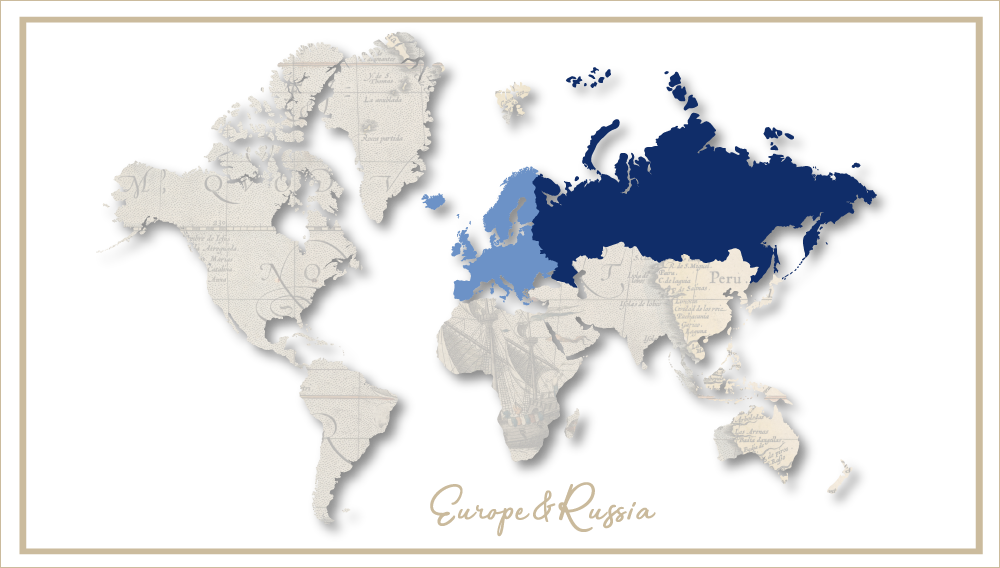SABMiller gets it right
Contrary to popular perception that the German beer market is dominated by domestic brands, imported beers have gradually made their presence felt. Beer imports have more than doubled over the past eight years from 3.3 million hl in 2008 to 6.9 million hl in 2010. That’s 8 percent of total beer consumption.
Although the official import figures published by the German Brewers’ Association should be interpreted with some caution – no one knows, for example, how much Danish beer exported to Germany finds its way back into Denmark by Danish bargain hunters – market research by Dr Kelch for BRAUWELT shows that some imported beer brands have been doing remarkably well.
While staying under the radar, SABMiller’s German team has done a very good job of marketing the global brewer’s Czech and Polish brands. Pilsner Urquell and the Polish brand Tyskie have upped their sales, putting SABMiller’s total beer volume in Germany at 450,000 hl in 2010.
Unlike Interbrew, Carlsberg and Heineken, SABMiller never showed the faintest inclination of buying a German brewer. Maybe its competitors’ woes taught them a lesson. Instead it used its presence in neighbouring countries (the Netherlands, Poland and the Czech Republic) as a springboard into Germany.
The success of the Polish beer brand Tyskie (110,000 hl in 2010) nevertheless must have taken SABMiller by surprise. Some of it may be due to the hundreds of thousands of Polish citizens who live and work in Germany. The influx of Polish migrant workers since the Central European country’s admission to the EU in 2004 had already sparked a boom in sales of Polish beer in the UK. But Germans with Polish roots (estimated between 1.5 and 2.0 million people) also seem to have taken to the Tyskie brand.
SABMiller’s fast foray into Germany has triggered Dutch Heineken into action. At the Cannes Lions International Festival of Creativity (the advertising industry’s creative summit) in June 2011, Cyril Charzat, Global Brand Director of Heineken, told German media that in the past the Heineken brand had not made its presence felt all that much.
The most important markets for the Heineken brand are the U.S., the Netherlands and France. Germany does not even rank among the top 15 markets for the brand, Mr Charzat admitted.
This is set to change. Heineken wants to grow sales in Germany. It has raised its marketing budget to attract younger consumers, especially women, to the brand.
Incidentally, Heineken has always maintained its own sales force in Germany, despite having entered into a partnership with Munich’s Schörghuber Group, Brau Holding International, in 2001. Obviously, the Dutch did not trust the Germans with the task.
Leading import brands in Germany
| Rank | Brand | 2010 (1000 hl) | 2009 (1000 hl) | 2008 (1000 hl) | 2007 (1000 hl) |
| 1 | Royal Unibrew (Faxe, Ceres, Thor, Tauras, Albani ) | 1264 | 1322 | 1236 | 1110 |
| 2 | Drinks Union, Czech Republic (Breznak, Zlatopramen) | 230 | 241 | <215 | 176 |
| 3 | Pilsner Urquell | 240 | 230 | 240 | 205 |
| 4 | Budweiser Budvar | 215 | 205 | <190 | 193 |
| 5 | Tuborg* | 150 | 170 | 170 | 168 |
| 6 | Carlsberg* | 150 | 150 | <130 | |
| 7 | Desperados | 130 | 125 | 125 | 150 |
| 8 | Staropramen* | 80 | 100 | <130 | 130 |
| 9 | Tyskie (Poland) | 110 | 95 | 80 | 51 |
| 10 | Krusovice (Czech Republic) | 65 | 70 | 75 | 75 |
| 11 | Heineken | 75 | 74 | 70 | 70 |
| 12 | Guinness | 71 | 63 | <64 | 60 |
| 13 | Gambrinus (Czech Republic) | 45 | 45 | 45 | 35 |
| 14 | Kilkenny | 31 | 31 | <33 | 32 |
| 15 | Foster’s | 25 | 30 | 30 | 35 |
| 16 | Corona | 23 | 25 | <25 | 27 |
| 17 | Lech (Poland) | 25 | 25 | 25 | 23 |
| 18 | Grolsch (Netherlands) | 25 | 20 | 20 | 20 |
| 19 | Total beer imports** | 6918 | 6531 | 6445 | 6972 |
Source: Dr Kai Kelch for BRAUWELT (estimates and company data)
* domestically produced
** including brands that only "pass through" Germany and are destined for other markets
| SABMiller Germany |
| Heineken Germany |


